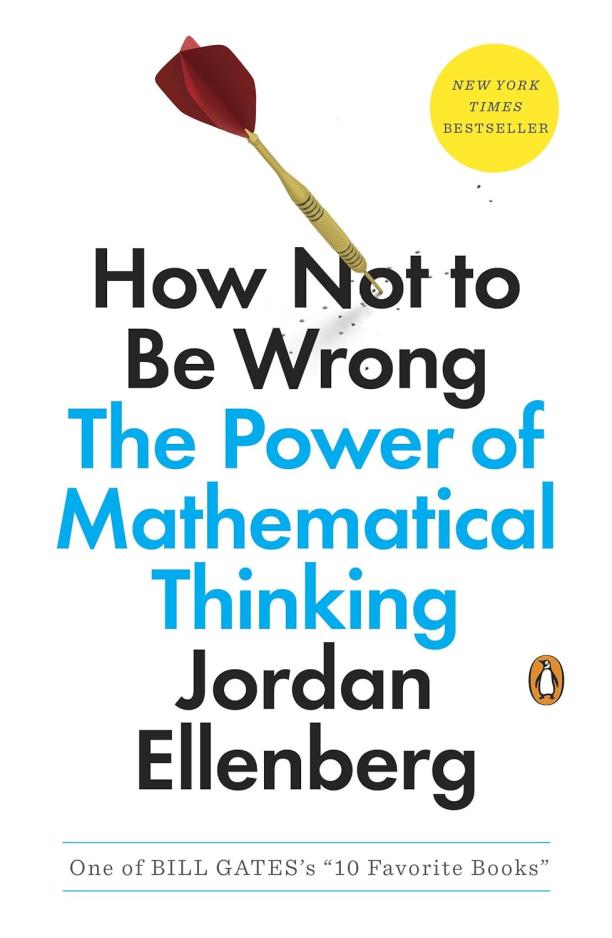Summary:
The book explores the hidden structures and principles of mathematics that underpin everyday life, demonstrating how mathematical thinking can help us make better decisions and avoid fallacies. It weaves together historical anecdotes, real-world examples, and accessible explanations to show how understanding math can change the way we see the world and approach various problems.
Key points:
1. Linearity of Expectation: The expected sum of random variables equals the sum of their individual expectations. This is used in fields like economics and physics.
Books similar to "How Not to Be Wrong":
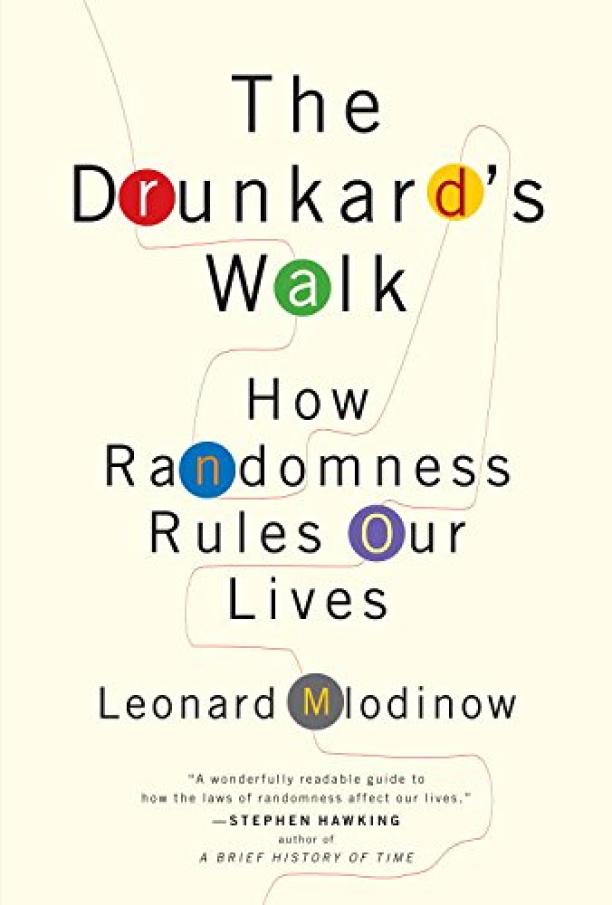
The Drunkard's Walk
Leonard Mlodinow
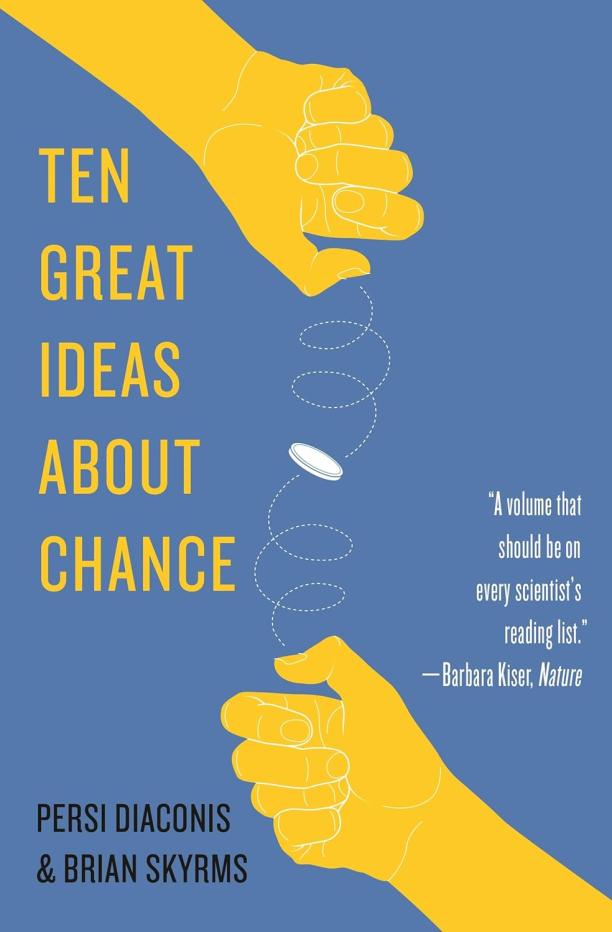
Ten Great Ideas about Chance
Persi Diaconis|Brian Skyrms
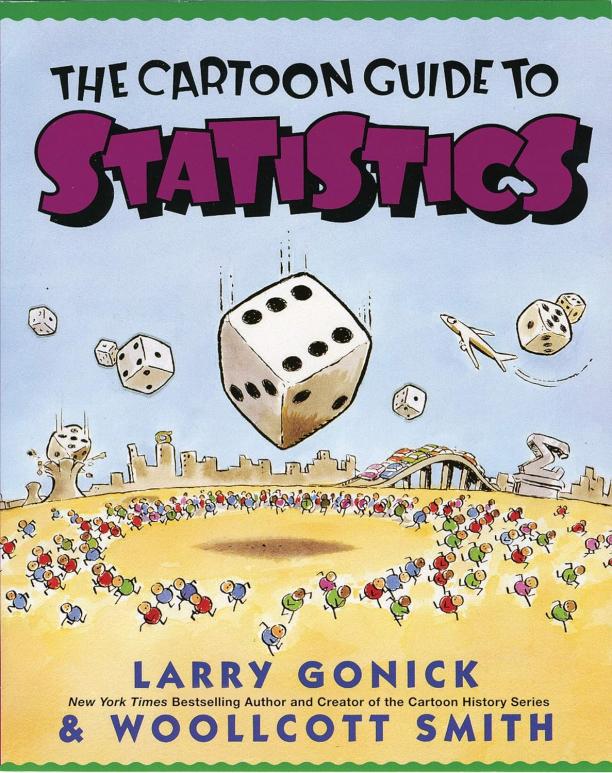
Cartoon Guide to Statistics
Larry Gonick|Woollcott Smith

Naked Statistics
Charles Wheelan
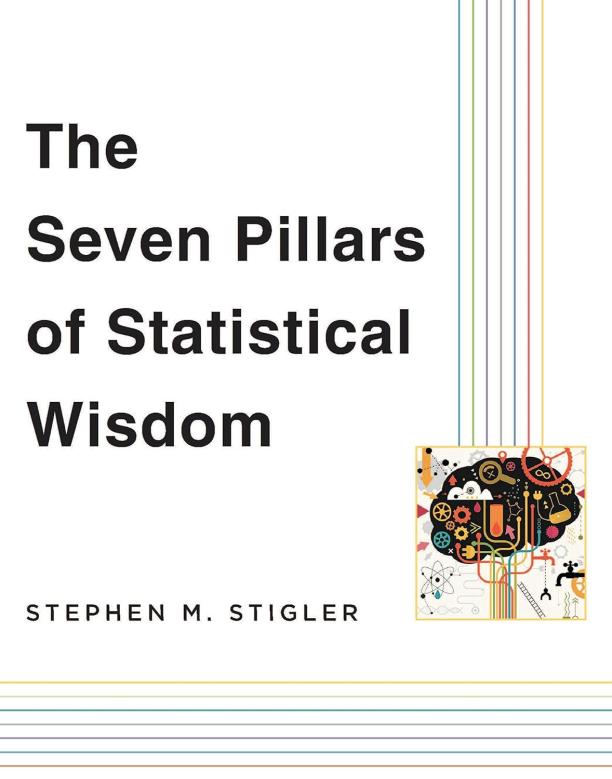
The Seven Pillars of Statistical Wisdom
Stephen M. Stigler
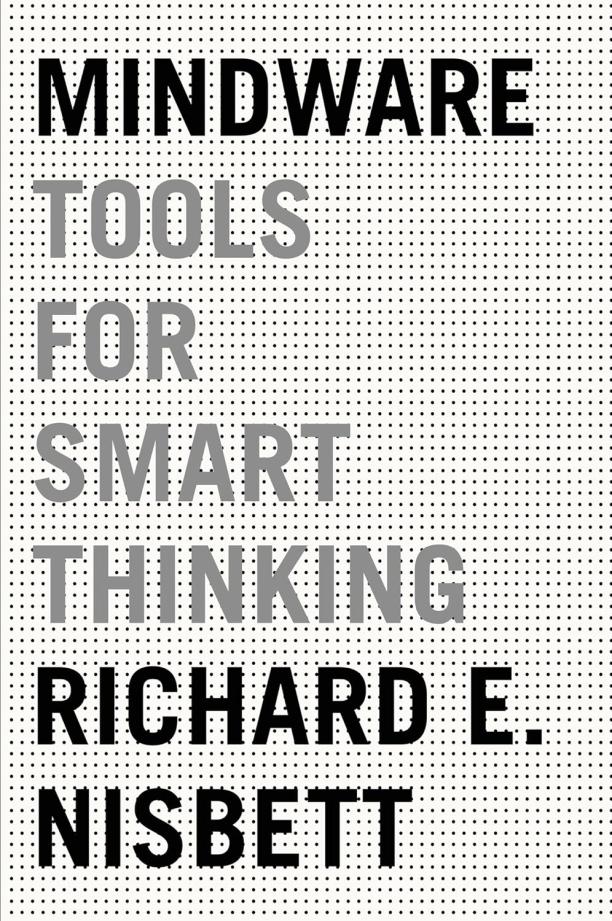
Mindware
Richard E. Nisbett
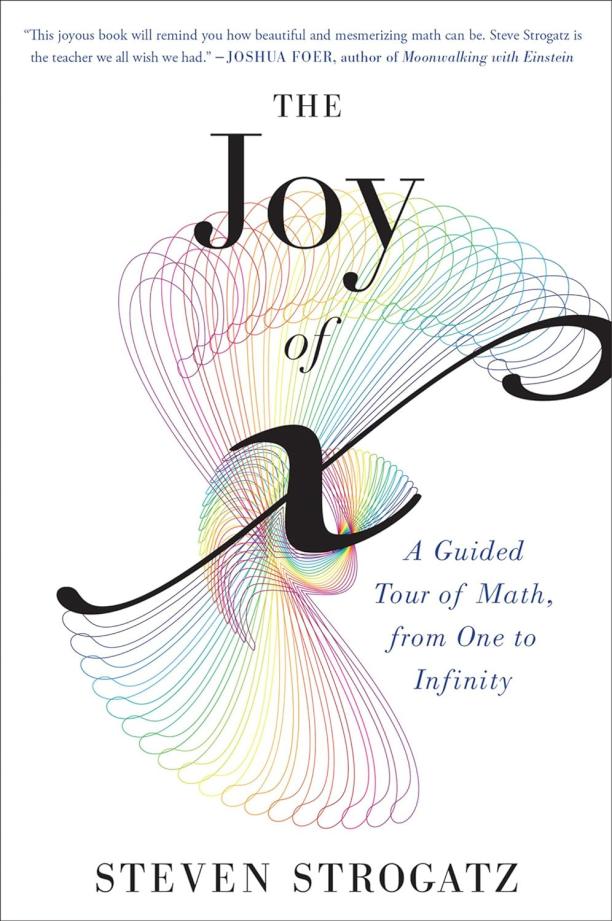
The Joy Of X
Steven H. Strogatz
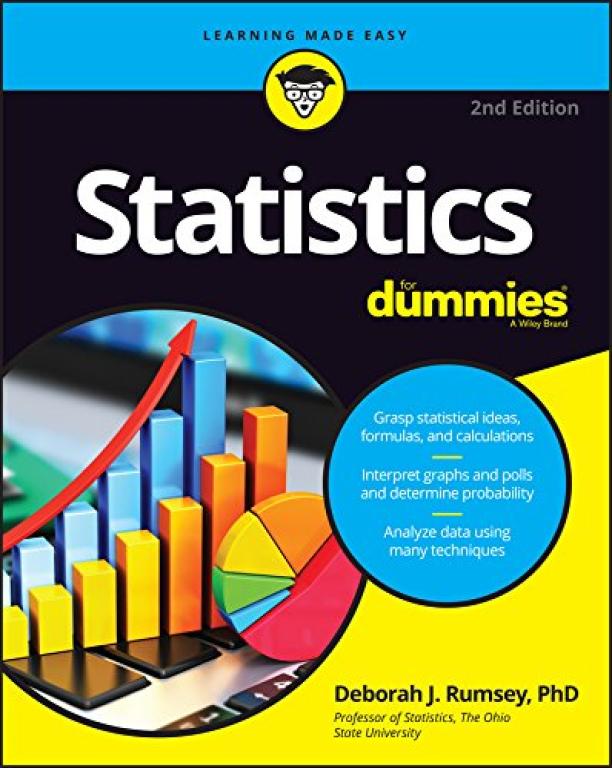
Statistics For Dummies
Deborah J. Rumsey
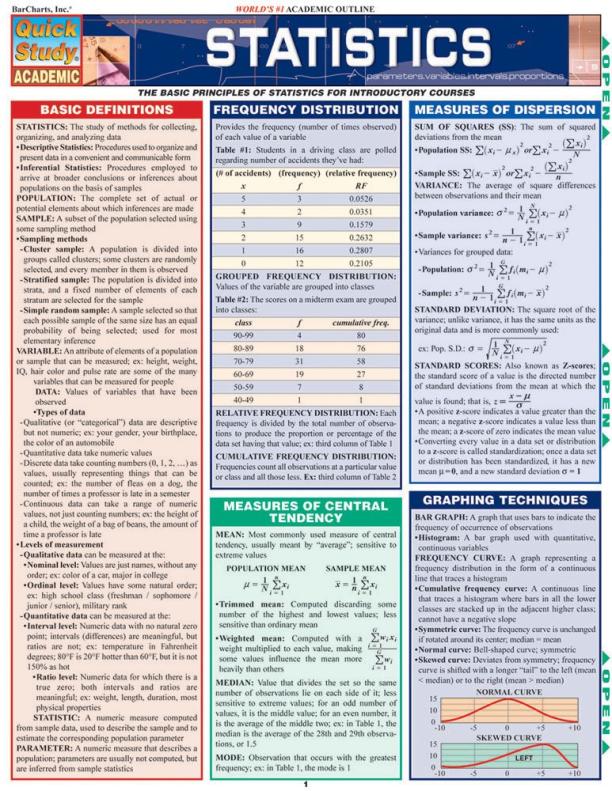
Statistics
Inc. BarCharts
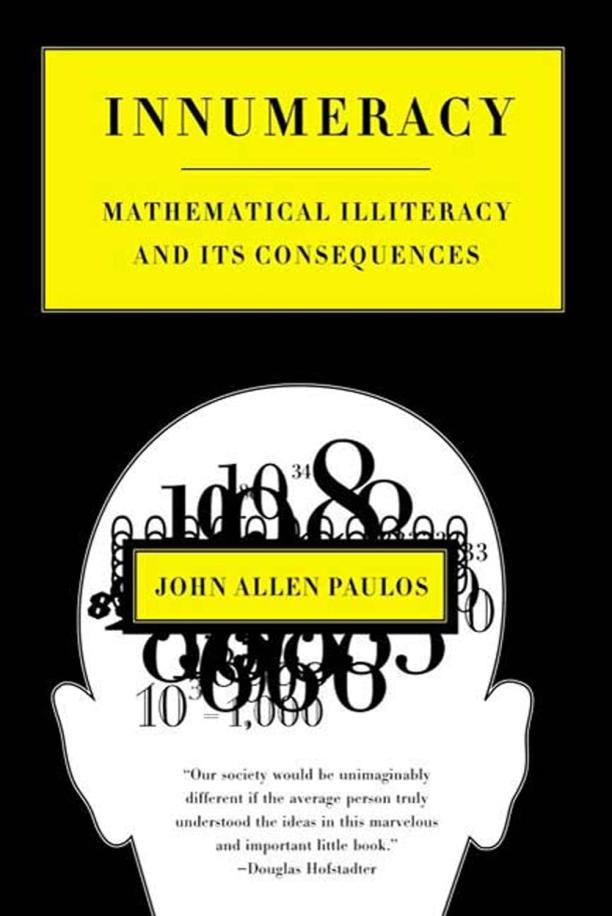
Innumeracy
John Allen Paulos
